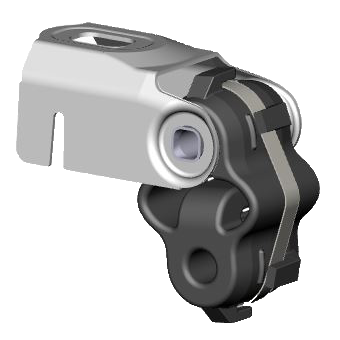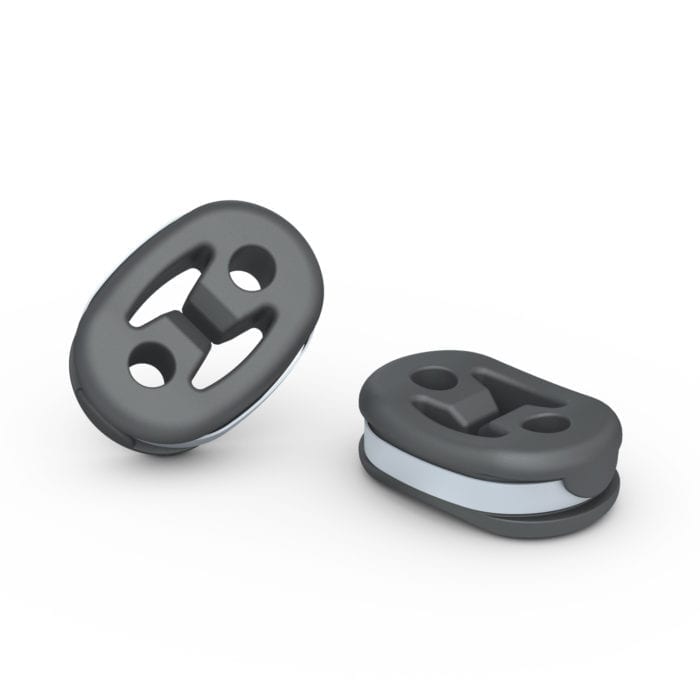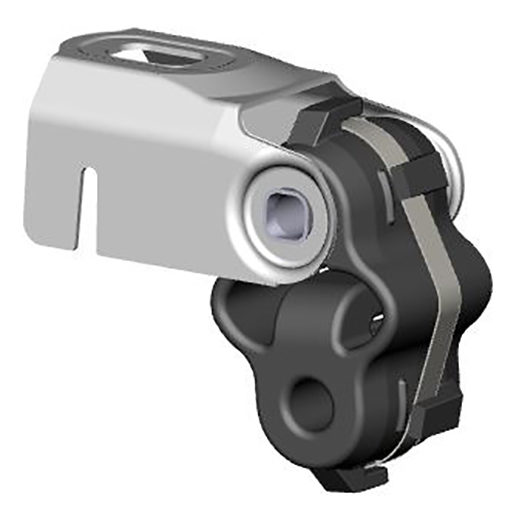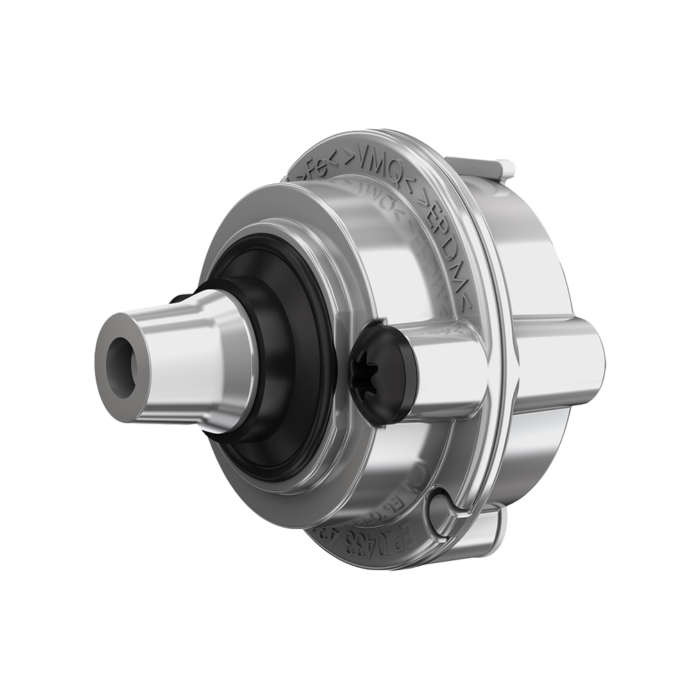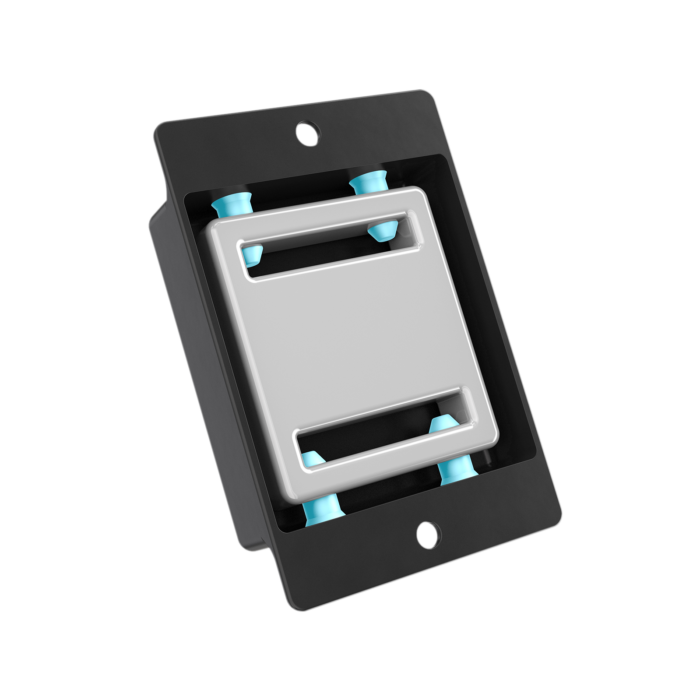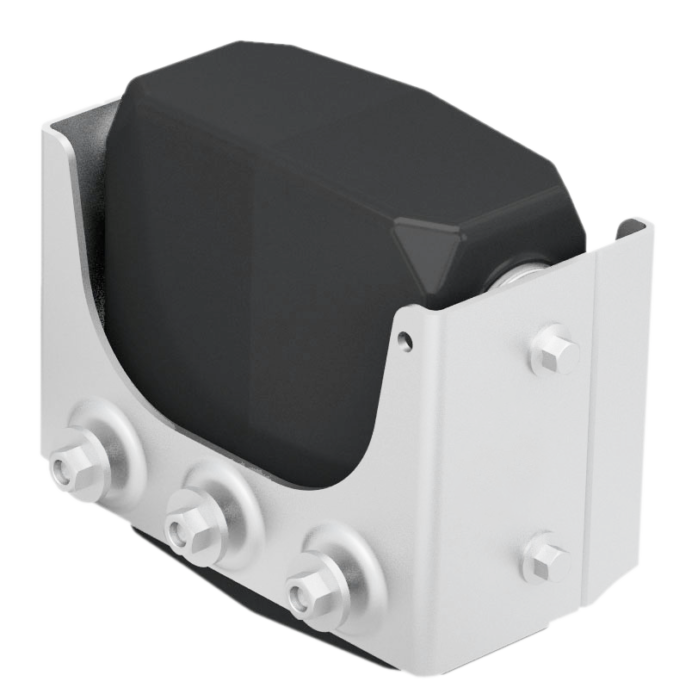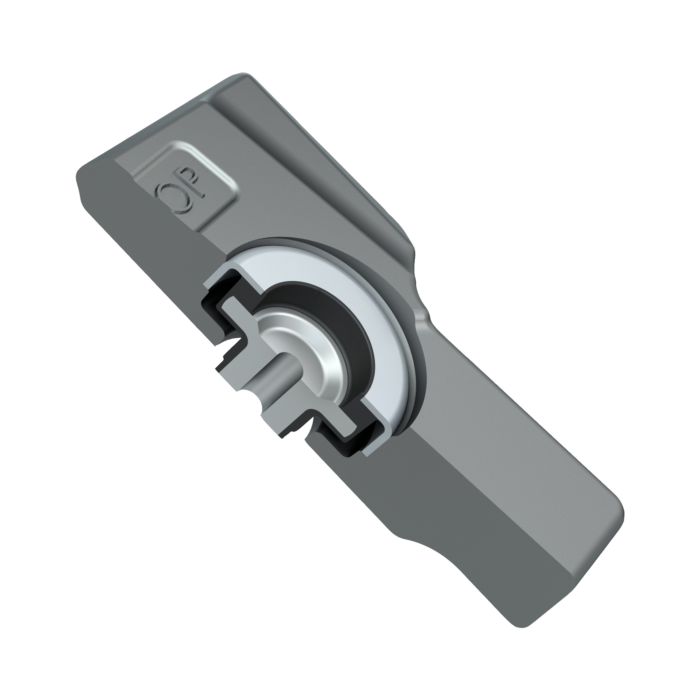Light Vehicle Products | Isolators & Dampers | Chassis
Exhaust Mounts
Secure and support the exhaust position and reduce structure-borne noise and vibrations
Secure and support the exhaust position and reduce structure-borne noise and vibrations
A variety of natural rubber and heat resistant materials such as silicone can be used to meet customer requirements. The rubber geometry can be customized for low dynamic stiffness, best balancing characteristics in all directions and high durability. In addition, a limiter belt can be included as a redundancy element to prevent the exhaust from falling and dragging on the road. It furthermore relieves the rubber from peak loads to make it more durable as well as making any additional housing obsolete. The bracket, which holds the mount, can be precisely designed according to customer needs for assembly or performance.
About Isolators & Dampers | Chassis
Isolators and mass dampers are ideal for solving a wide variety of vibration-related challenges transmitted into the chassis from the road surface. Linear dampers are a strategic design element to counteract unwanted noise and vibrations – especially in lightweight structures.
more
Mass dampers are ideal for use in applications where vibrations need to be balanced with opposing inertial forces. In these configurations, an additional spring-mass system with the same frequency, but opposite amplitude, acts on the vibrating structure, effectively eliminating its vibrations. The way mass dampers work means they can be used in a wide variety of scenarios: transmissions, steering wheels, and even whole convertibles are just some of the applications that make use of this indispensable system to prevent Noise, Vibration and Harshness issues.
Active mass dampers are another way of improving comfort even further. They use a sensor placed on the vibrating structure and an ECU (Electric Control Unit) that controls a solenoid which is able to accelerate the absorber mass. This way, active mass dampers not only come with a design that weighs less and takes up less space than their conventional counterparts, but they are also able to adjust to variables such as additional cargo load, road surface excitation, and temperature.

